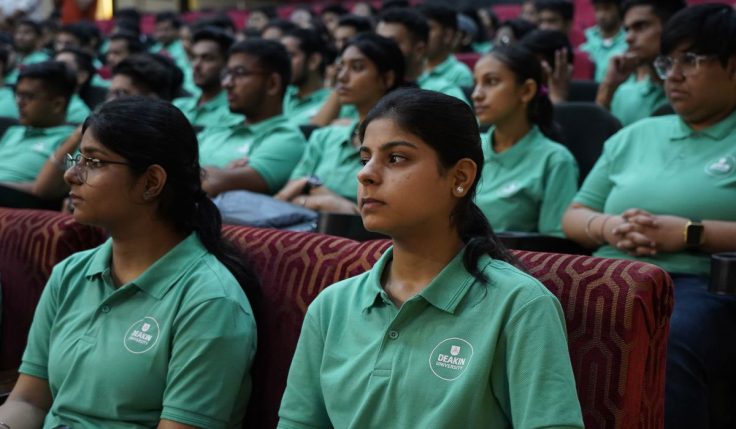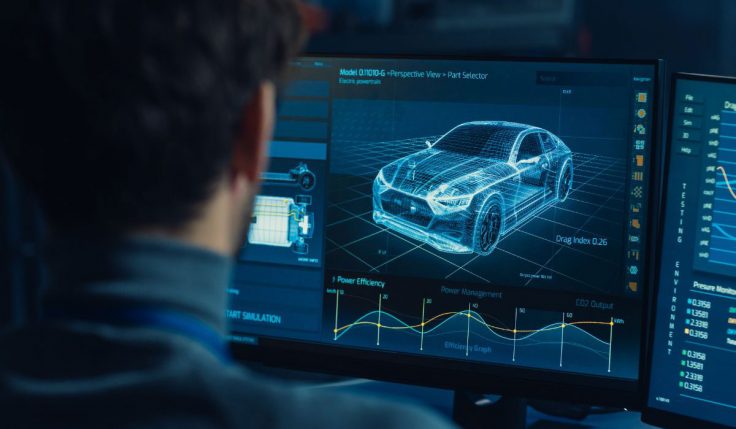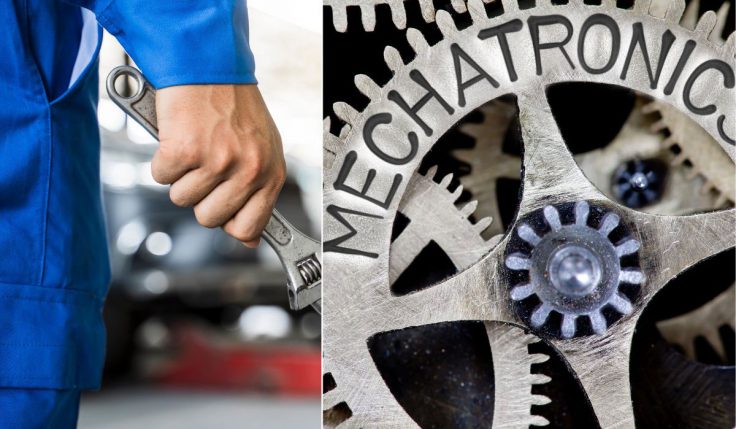The Internet of Things (IoT) is more than just a popular mainstream trend. The number of businesses using IoT technologies has grown by 20% in the past five years, and the number of IoT-connected devices is likely to touch 43 billion by 2023. According to a Gartner survey, nearly half of the organisations polled lacked basic IoT expertise and were forced to outsource projects, making project implementation time consuming. For engineers and IoT experts, this has opened up a whole new universe of possibilities.
It is critical to comprehend the technology that underpins the Internet of Things. The embedded system, in essence, serves as the processing core. A computer system with memory, a processor, and input/output (I/O) devices. Microprocessors and microcontrollers make considerable use of this. Embedded systems can be customised for a specific class of computers, as well as for a specific application. Use of embedded system can be witnessed in portable devices, such as digital watches, ear pods for the medical imaging system, logic controllers for traffic lights, OBD ports in hybrid vehicles, etc. The market is also propelled by technological advancements and the decreased cost of microprocessors and microcontrollers.
Also Read: Which Computer Science Engineering Specialization Is In Great Demand?
The skills required for development of Embedded software and hardware are in high demand to cater to need of this growing market. IoT system solution is complex process, which requires serious collaboration between electronic engineers, software engineers, product designers, mechanical and electrical engineers, to ensure seamless functioning of IoT devices. Embedded developers are equipped with technical expertise such as embedded systems design, schematic capture and PCB layout etc. It is also important for such professionals to have substantial expertise in a range of topics, such as sensor integration, control systems, instrumentation and measurements, algorithms, design patterns, data structures. They must also be experts in system architecture, as well as prototype design, firmware, hardware testing, and system integration.
Since there is no particular skillset required to qualify as IoT engineers, people from varied engineering background can acquire the knowledge to fill the vacuum in the market. Development, architecture, system design, security, and solutions are some of the important areas where engineers might work. Apart from the fact that they are defined by embedding technology and its multiplication across devices, these are not significantly different from traditional computer engineering professions.
Also Read: Most Demanding Engineering Fields In India
Most IoT courses available across the world are generalist in nature, providing only an upgrade of skills and industry knowledge to equip graduates for these professions. More is acquired through hands-on experience and the use of specific technology and solutions.
It is estimated that the world will embrace 6G and interconnectivity between devices will grow exponentially by the year 2030. As a result, the Internet of Things (IoT) will develop in tandem with the number of jobs available in this field. According to McKinsey, global firms are closing down as a result of the pandemic and supply chains are disrupted.
Working from home, social distancing, and remote working have become the norm, leading in a massive growth in the deployment of connected technologies, particularly in the enterprise and automotive sectors, where the IoT market is expected to grow to 5.8 billion end points in 2022, up 21% from 2021.
Also Read: The Next Big Thing In Software Engineering Courses
According to Forbes, the three main business trends in IoT to watch out for in 2021 are:
- Exponential growth in the healthcare system translating into telemedicine, automated home help for patients, smart wearables, sensors, and connected devices, which will continue to change the way healthcare is delivered.
- A strong rise has also been seen in the market for devices that will include tools utilizing AI to monitor daily routines, that could alert relatives or healthcare providers where intervention could be required. Adapting to the challenges posed by the pandemic, this same technology can be used to determine if there is a health emergency for people isolated at home, as may be in the case of the elderly or the disabled.
- Specialisation is the next step in IoT. As big businesses realise that the Internet of Things can monitor, for example, not just where someone is, but where they are, what they like to buy, and (using analytics) what they’re most likely to buy if prompted in the right place at the right time, IoRT (Internet of Retail Things), IoLT (Internet of Logistics Things), and IoWM (Internet of Workforce Management) will be seen soon. In other words, the IoT has the ability to mean big money for almost any industry.
Also Read: Future Scope Of Full Stack Developers In India
Embedded Engineer, Data scientists, network professionals, embedded programmers, security specialists, device and hardware specialists, cloud solution architect, and particularly software programmers will be in high demand to fill job openings in this sector. These jobs pay 70% more than traditional IT engineers, but it all depends on your level of experience, the size of the organization, and your location. Additionally, the ability to adapt to organizational changes and evolve with employers’ technology is a critical factor in determining individual growth in this career.






